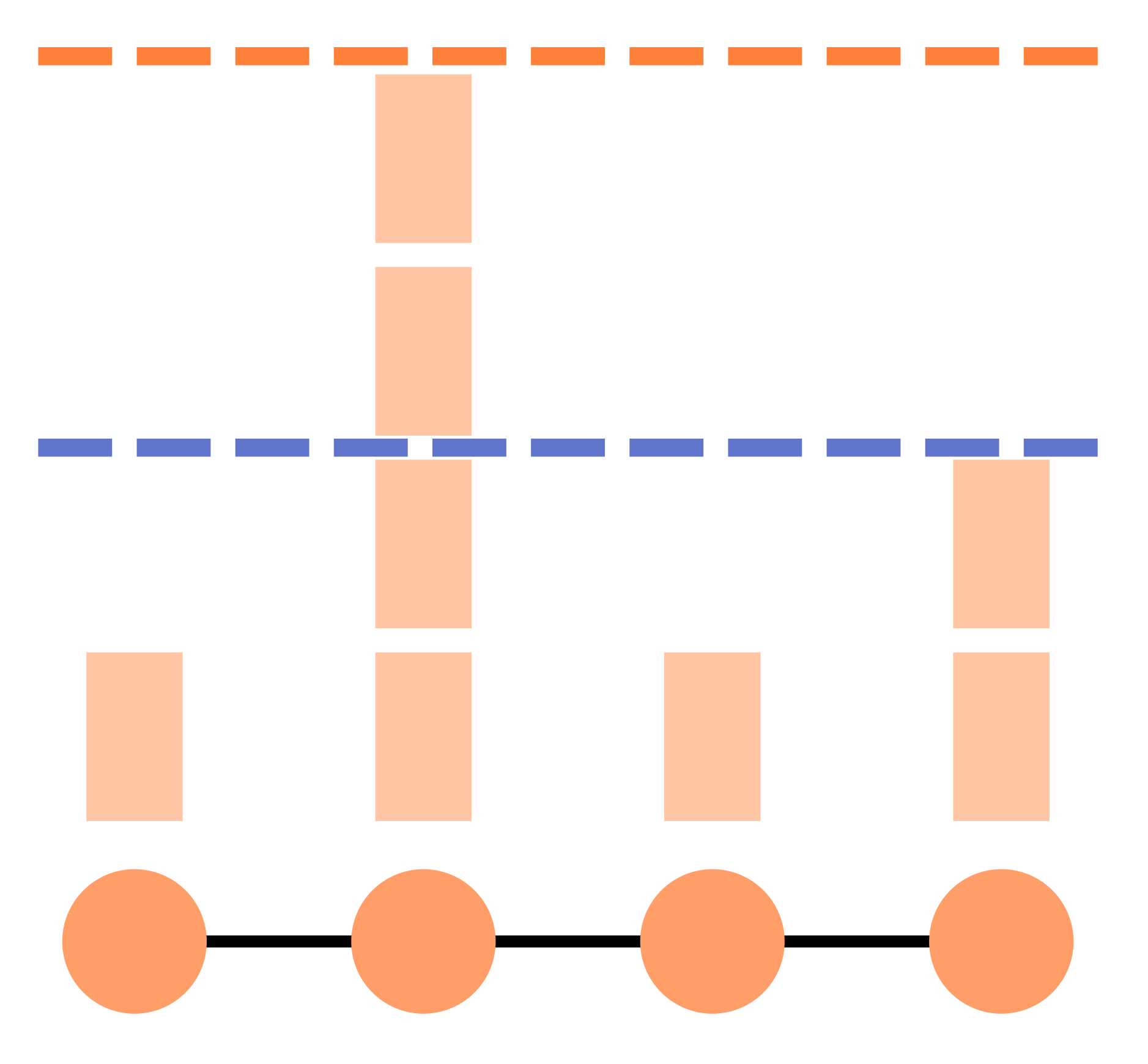SIROCCO 2017:
Structural Information and Communication Complexity - 24th
International Colloquium, Porquerolles, France,
June 19-22, 2017, 263--282
doi:
10.1007/978-3-319-72050-0_16
Abstract

In the context of distributed synchronous computing, processors perform in rounds, and the time-complexity of a distributed algorithm is classically defined as the number of rounds before all computing nodes have output. Hence, this complexity measure captures the running time of the slowest node(s). In this paper, we are interested in the running time of the ordinary nodes, to be compared with the running time of the slowest nodes. The node-averaged time-complexity of a distributed algorithm on a given instance is defined as the average, taken over every node of the instance, of the number of rounds before that node output. We compare the node-averaged time-complexity with the classical one in the standard LOCAL model for distributed network computing. We show that there can be an exponential gap between the node-averaged time-complexity and the classical time-complexity, as witnessed by, e.g., leader election. Our first main result is a positive one, stating that, in fact, the two time-complexities behave the same for a large class of problems on very sparse graphs. In particular, we show that, for LCL problems on cycles, the node-averaged time complexity is of the same order of magnitude as the ``slowest node'' time-complexity.
In addition, in the LOCAL model, the time-complexity is computed as a worst case over all possible identity assignments to the nodes of the network. In this paper, we also investigate the ID-averaged time-complexity, when the number of rounds is averaged over all possible identity assignments. Our second main result is that the ID-averaged time-complexity is essentially the same as the expected time-complexity of randomized algorithms (where the expectation is taken over all possible random bits used by the nodes, and the number of rounds is measured for the worst-case identity assignment).
Finally, we study the node-averaged ID-averaged time-complexity. We show that 3-colouring the $n$-node ring requires $\Theta(\log^*n)$ rounds if the number of rounds is averaged over the nodes, or if the number of rounds is averaged over the identity assignments. In contrast, we show that 3-colouring the ring requires only $O(1)$ rounds if the number of rounds is averaged over the nodes, and over the identity assignments.